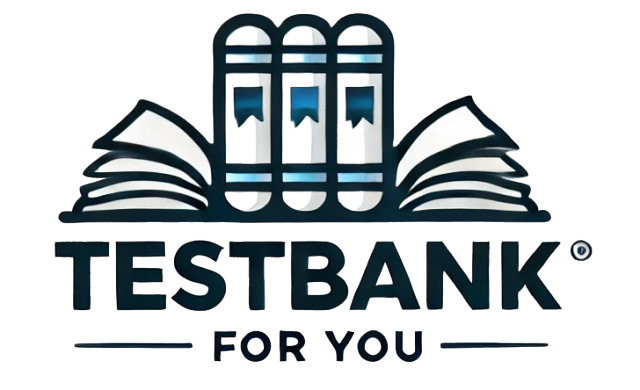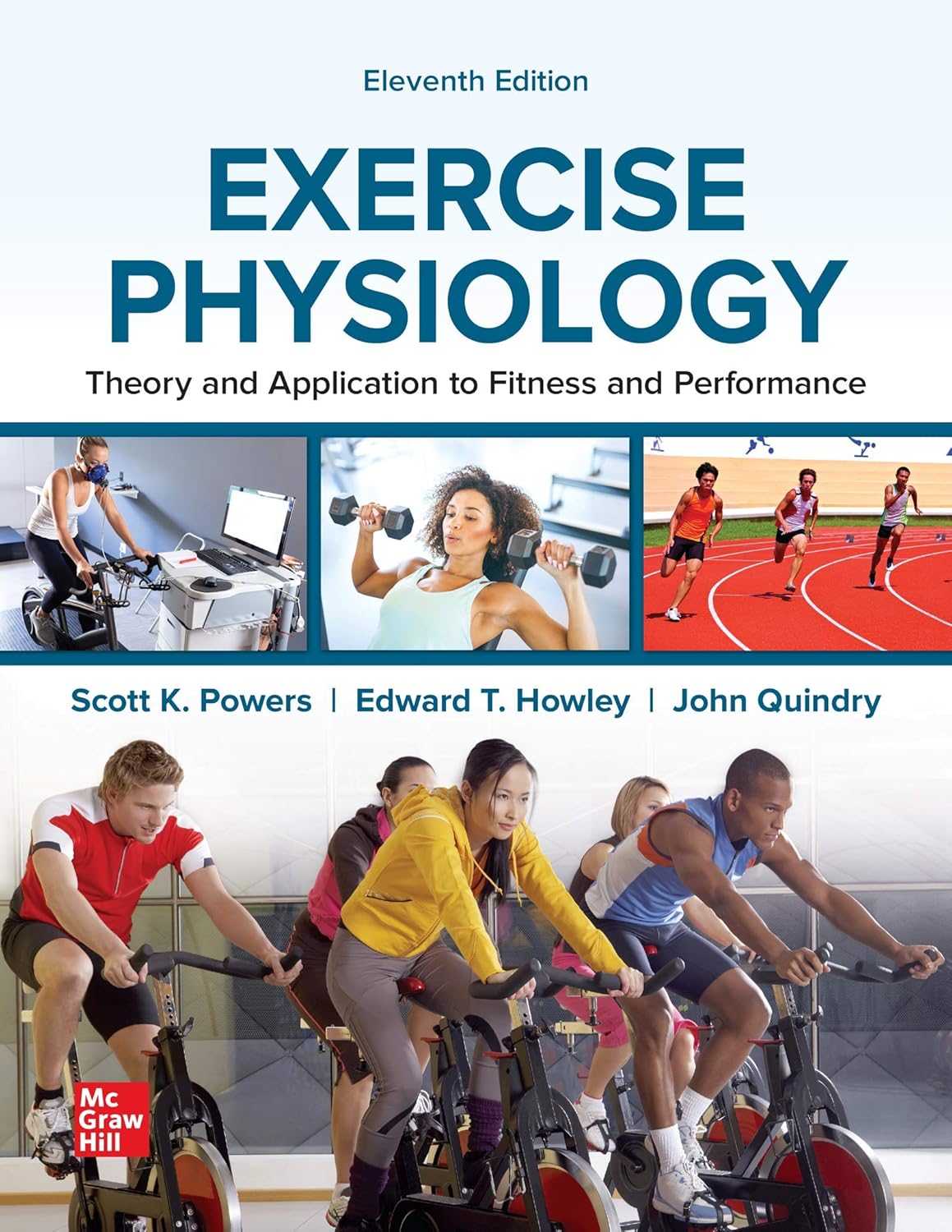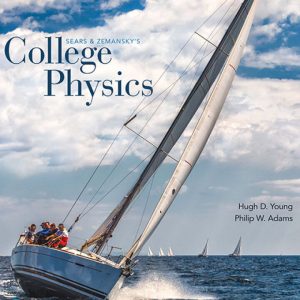Exercise Physiology Theory and Application to Fitness and Performance 11th Edition by Powers Test Bank
Original price was: $60.00.$30.00Current price is: $30.00.
Test Bank for Exercise Physiology: Theory and Application to Fitness and Performance, 11th Edition, Scott Powers, Edward Howley, ISBN10: 1260237761, ISBN13: 9781260237764 To get more information about this please send us E-mail to smtb7000@gmail.com
Description
📘 Exercise Physiology: Theory and Application to Fitness and Performance – 11th Edition
Authors: Scott Powers & Edward Howley
ISBN-10: 1260237761 | ISBN-13: 9781260237764
Category: Exercise Science | Human Physiology | Sports Performance | Kinesiology
🔴 Section 1: Physiology of Exercise
Explore the foundational principles of exercise physiology, focusing on the body’s acute and chronic responses to physical activity.
Chapter 0: Introduction to the Physiology of Exercise
-
Overview of exercise physiology
-
Scientific approaches in sports science
Chapter 1: Common Measurements in Exercise Physiology
-
VO2 max, lactate threshold, METs
-
Fitness testing and performance indicators
Chapter 2: Control of the Internal Environment
-
Homeostasis and steady-state
-
Feedback systems in exercise
Chapter 3: Bioenergetics
-
Energy systems: ATP-PC, glycolysis, oxidative phosphorylation
-
Energy metabolism during exercise
Chapter 4: Exercise Metabolism
-
Fuel selection during exercise
-
Hormonal regulation of metabolism
Chapter 5: Cell Signaling and Hormonal Responses to Exercise
-
Signal transduction pathways
-
Endocrine adaptations to physical activity
Chapter 6: Exercise and the Immune System
-
Immune function and physical activity
-
Overtraining and immune suppression
Chapter 7: The Nervous System: Structure and Control of Movement
-
Neural control of muscle contraction
-
Motor units and reflexes
Chapter 8: Skeletal Muscle: Structure and Function
-
Muscle fiber types
-
Muscle adaptations to resistance and endurance training
Chapter 9: Circulatory Responses to Exercise
-
Cardiovascular control
-
Heart rate, stroke volume, and cardiac output
Chapter 10: Respiration during Exercise
-
Pulmonary ventilation and gas exchange
-
VO2 kinetics
Chapter 11: Acid-Base Balance during Exercise
-
Buffer systems
-
Lactic acid and exercise intensity
Chapter 12: Temperature Regulation
-
Thermoregulation during exercise
-
Heat stress and cold exposure
Chapter 13: The Physiology of Training: Aerobic & Anaerobic Adaptations
-
Chronic adaptations to training
-
Principles of overload, specificity, and reversibility
Chapter 14: The Physiology of Resistance Training
-
Neuromuscular adaptations
-
Hormonal response and muscle hypertrophy
🟠 Section 2: Physiology of Health and Fitness
This section highlights the application of exercise physiology in promoting health, fitness, and wellness across populations.
Chapter 15: Physical Activity and Health
-
Exercise and disease prevention
-
Benefits of physical activity
Chapter 16: Exercise Prescription for Health and Fitness
-
ACSM guidelines
-
FITT principle
Chapter 17: Exercise for Special Populations
-
Cardiovascular, metabolic, and orthopedic conditions
-
Adapted exercise programming
Chapter 18: Nutrition, Body Composition, and Weight Management
-
Energy balance
-
Macronutrients and diet planning for fitness
🔵 Section 3: Physiology of Performance
Dedicated to advanced concepts in athletic performance, this section targets optimizing training, nutrition, and environmental considerations.
Chapter 19: Factors Affecting Performance
-
Genetics, fatigue, motivation
-
Central vs. peripheral fatigue
Chapter 20: Training for Performance
-
Periodization and tapering
-
Sport-specific conditioning
Chapter 21: Training for Female Athletes, Children, Special Populations & Masters Athletes
-
Developmental considerations
-
Gender-specific training adaptations
Chapter 22: Nutrition, Body Composition, and Performance
-
Ergogenic nutrition
-
Timing and composition of meals
Chapter 23: Exercise and the Environment
-
Altitude, heat, cold, and air quality
-
Acclimatization strategies
Chapter 24: Ergogenic Aids
-
Supplements and performance enhancers
-
Doping, legality, and safety
🔍 Why This Test Bank is Essential for Students and Educators
The Test Bank for Exercise Physiology: Theory and Application to Fitness and Performance (11th Edition) is a vital resource for:
-
Exercise science students preparing for exams
-
Instructors creating quizzes or lectures
-
Fitness professionals studying for certifications
-
Researchers needing reference material in human physiology
📈 Popular Keywords for SEO
-
Exercise Physiology 11th Edition Test Bank
-
Powers and Howley Exercise Physiology
-
Human performance and fitness
-
Kinesiology study materials
-
Exercise science chapter summaries
-
VO2 max, metabolism, skeletal muscle, immune system
- https://beststudentteam.blogspot.com/
- https://www.facebook.com/profile.php?id=61581138874625
- https://www.instagram.com/best_student_team/
- https://x.com/BestStudentTea1










